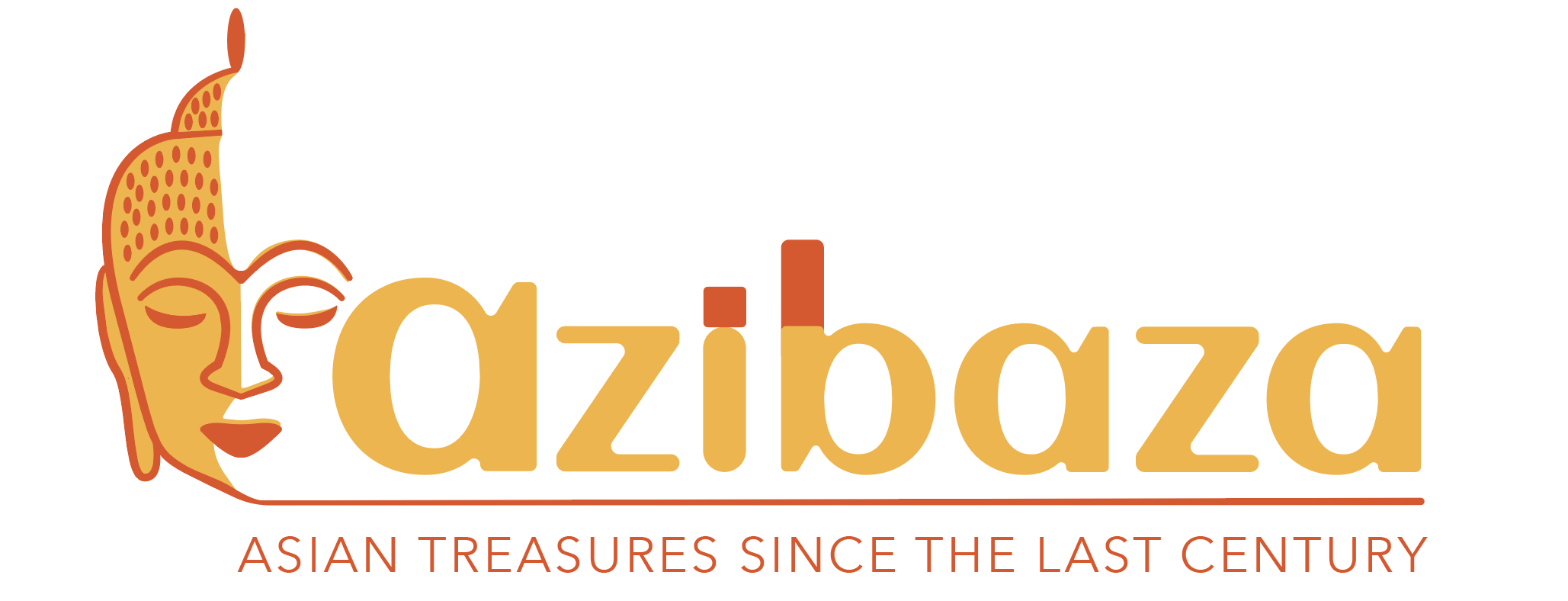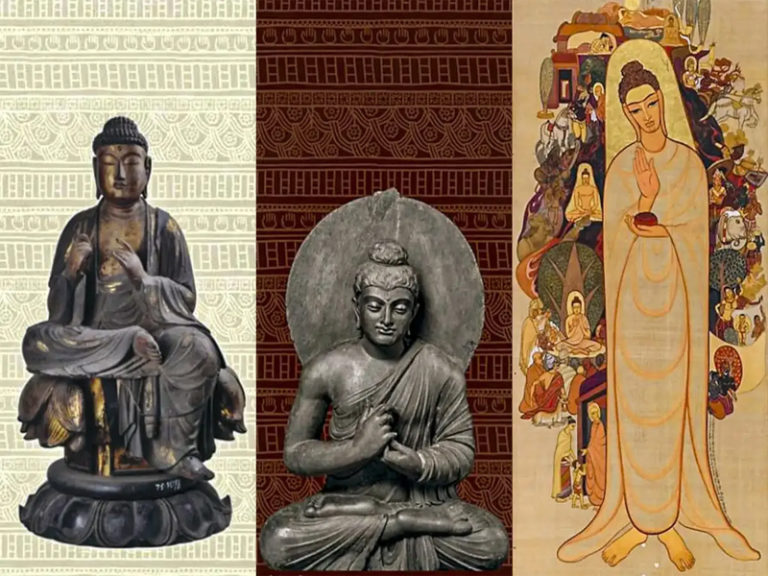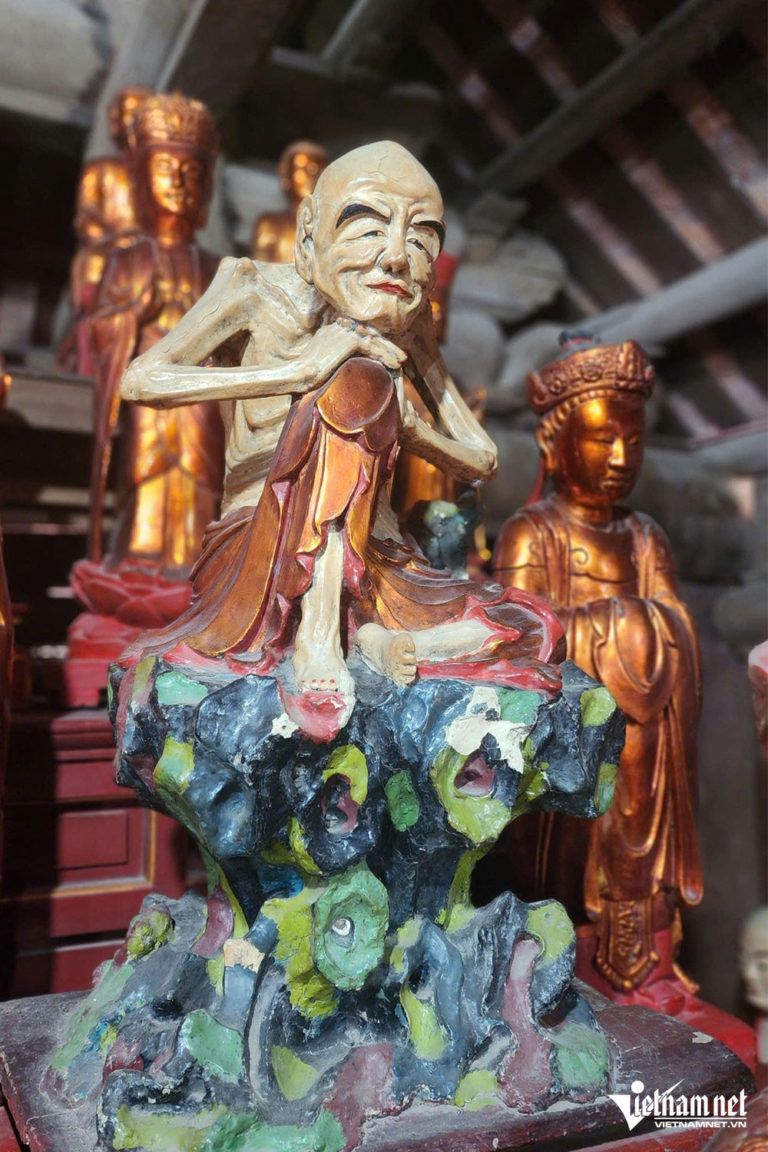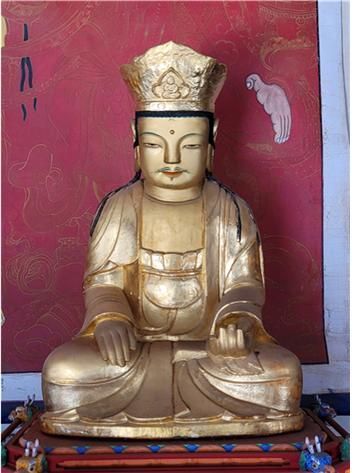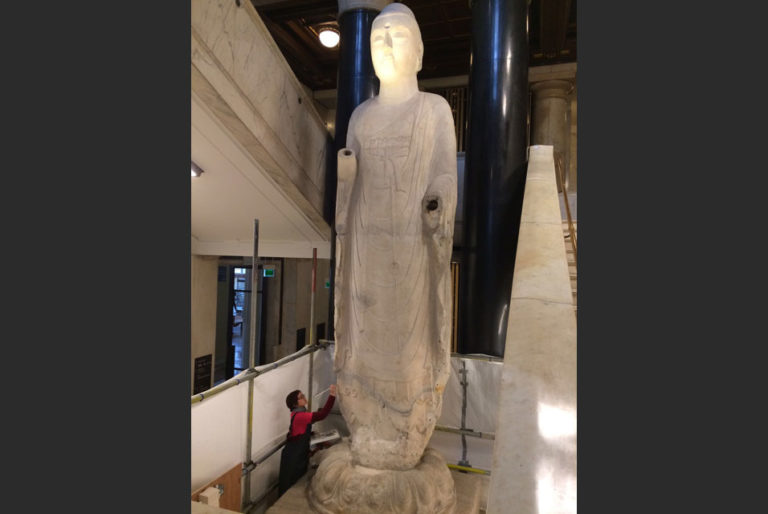Archaeologists in northeastern Thailand have uncovered a spectacular cache of 1,300-year-old gold, silver, and bronze artifacts beneath Wat Dhammachak Semaram, a temple famous for its reclining Buddha statue.

The discovery occurred during routine drainage work, revealing a ceramic container filled with ancient offerings, including gold rings and silver earrings.
Among the most striking finds was a repoussé gold sheet depicting the Buddha in Vitarka Mudra, reflecting the refined metalwork of the Dvaravati period (6th–11th century).
Excavations also yielded terracotta amulets, stone inscriptions, and images showing both Hindu and Buddhist iconography—evidence of cultural exchanges across Southeast Asia.
These relics offer invaluable insight into the spiritual, artistic, and societal richness of ancient Thailand and affirm the temple’s historical significance during King Ramaraj’s reign.
Now housed at the National Museum of Phimai, the artifacts embody the enduring legacy of the Dvaravati civilization and its influence on modern Southeast Asian identity.
